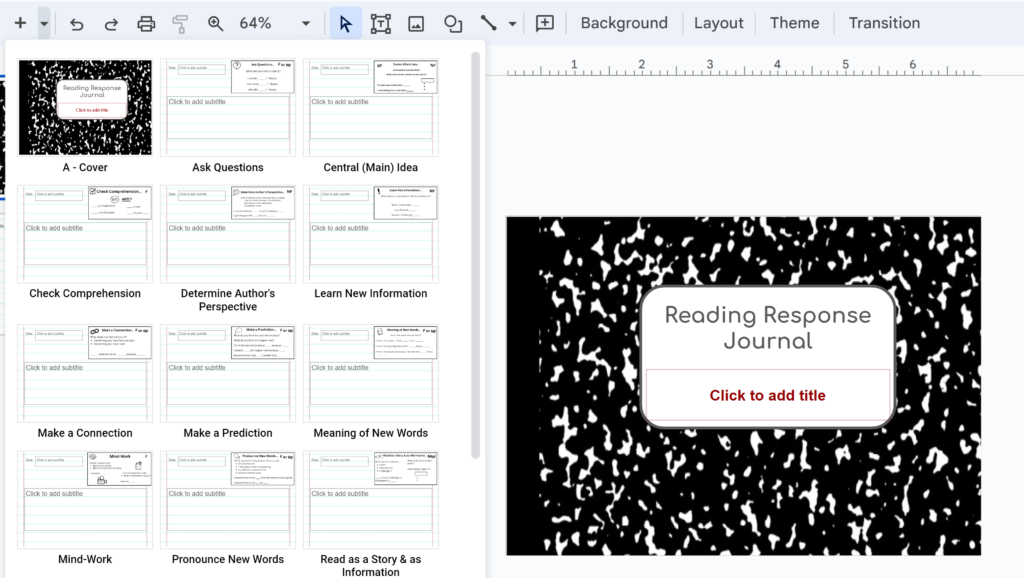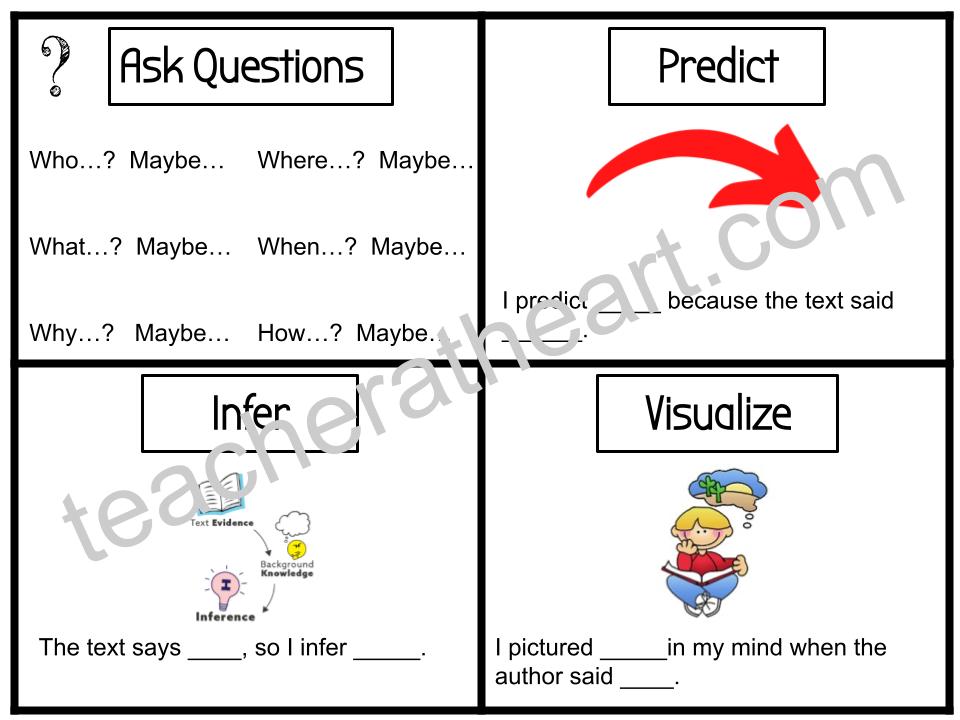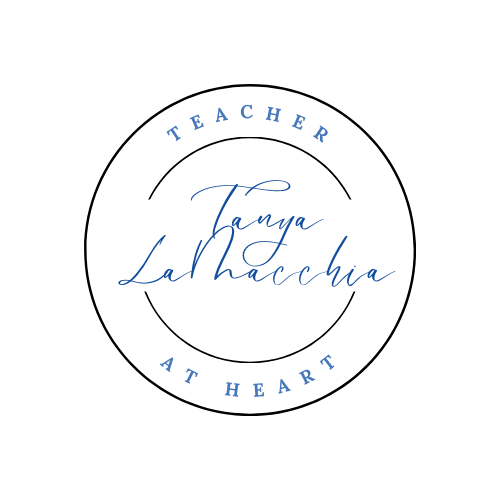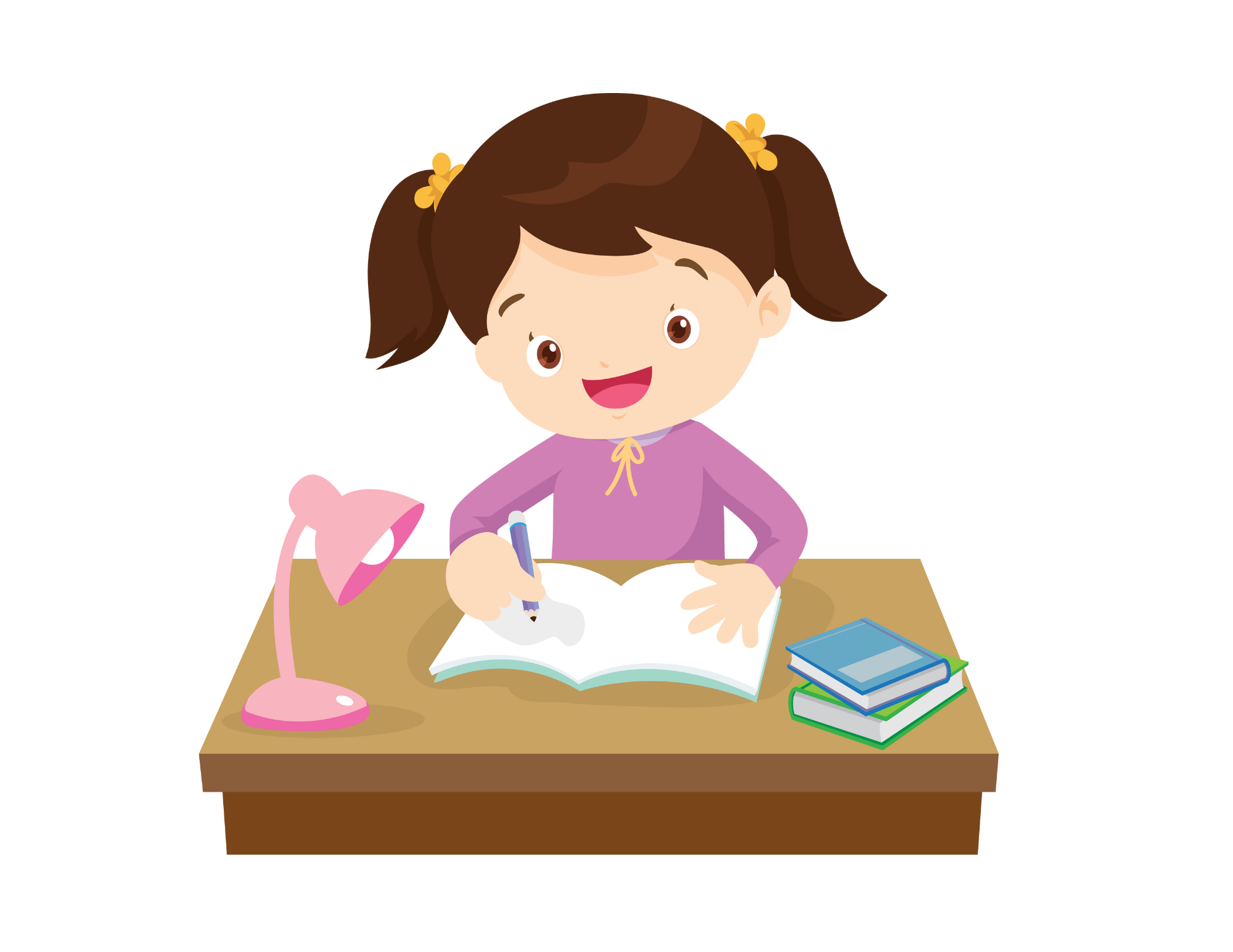Improve Comprehension
Do you want your child to become a better reader? Are your students able to talk about what they have read? Do you want to make sure your child understands what you have just read together? Boy do I have the resource for you! These student response cards will help your kiddos respond to books. After using these, they will become better readers.
My Experience
My students independently read every day in class. However, I found that many of them weren’t really reading. They weren’t really thinking about what the book was about, but just saying the words. I certainly needed to find a way to improve their comprehension. In fact, I felt it necessary to hold them accountable for what they were reading. The Texas state standards indicate that students should respond to the text that they read. I searched for a resource, but couldn’t find anything that had exactly what I was looking for. I decided to create my own resource so my students could respond to books. One by one, I watched each student become a better reader.
Student Response Cards
Each card has the name of the strategy and the genre to which students can apply it to their reading. To clarify, the symbol in the left hand corner is for students to quickly sketch in their journal so I can easily see which strategy they wrote about. Every card guides the students to what they should be thinking about because I provided questions they should ask themselves. Finally, the sentence stems assist in writing their responses in complete sentences. I have included 13 different strategy response cards. Each page includes 6 cards with the same strategy on it. Therefore, you can just print them on cardstock, cut them, and they are ready to pass out.

Respond to Books Digitally
I just created a digital student journal in Google Slides that include a different card on each page. Each thinking strategy is a template. I labeled each of the templates to make them easy for the students to locate. First, students choose the template from the drop down, and add it to the slide show. Next, they type the date and write their response and then have the students share their journal with you. Now, you don’t have to lug home a crate full of journals, because you can read them from anywhere.

Use in the Classroom
After I introduced a thinking strategy in my whole group lesson, I passed out the card to the students and sent them off to practice. The students needed to include the date, the symbol in the upper left hand corner of the card, and the response. After independent reading time was over, the routine in my classroom was for the students to put it on a table opened to the page they wrote on that day. As a result, I was able to check all the journals quickly.
Accountability
I recommend rewarding students in some way for completing their responses. For instance, I paid my students with “money” after they completed each response. In fact, this would be a good participation grade once or twice each grading period. If your district uses a standards based report card, this would indeed be great evidence to support a grade to the response to reading standard.
Supply Organization
Students stored these cards in their book box in a Ziplock baggie along with 5 books, their journal, and a couple of pencils. Each student kept 2 fiction, 2 nonfiction, and 1 book of choice in their book box at all times.
In summary, If a child responds to books, he/she will become a better reader. All kids need to practice thinking about what they are reading every day. Our world needs a bunch of kiddos that are readers, not word callers! Go check out the response cards I have available in my store. You will get a printable and digital version of these response cards in this set.
I have created this free resource for you. I use these cards in small group to encourage students to share their thinking. Students are reluctant to share, but discussing that their thoughts are meaningful, and helping them understand what type of thinking they are doing helps improve their confidence and comprehension. Click on the image below to get your freebie!

Head over to readingranch.com to read this great article on the importance of active reading. It emphasizes the of engaging with the text to become a better reader.
What do you do in your classroom to get kids to think while they read? Please share what has worked for you in the comments below.


Leave a Reply